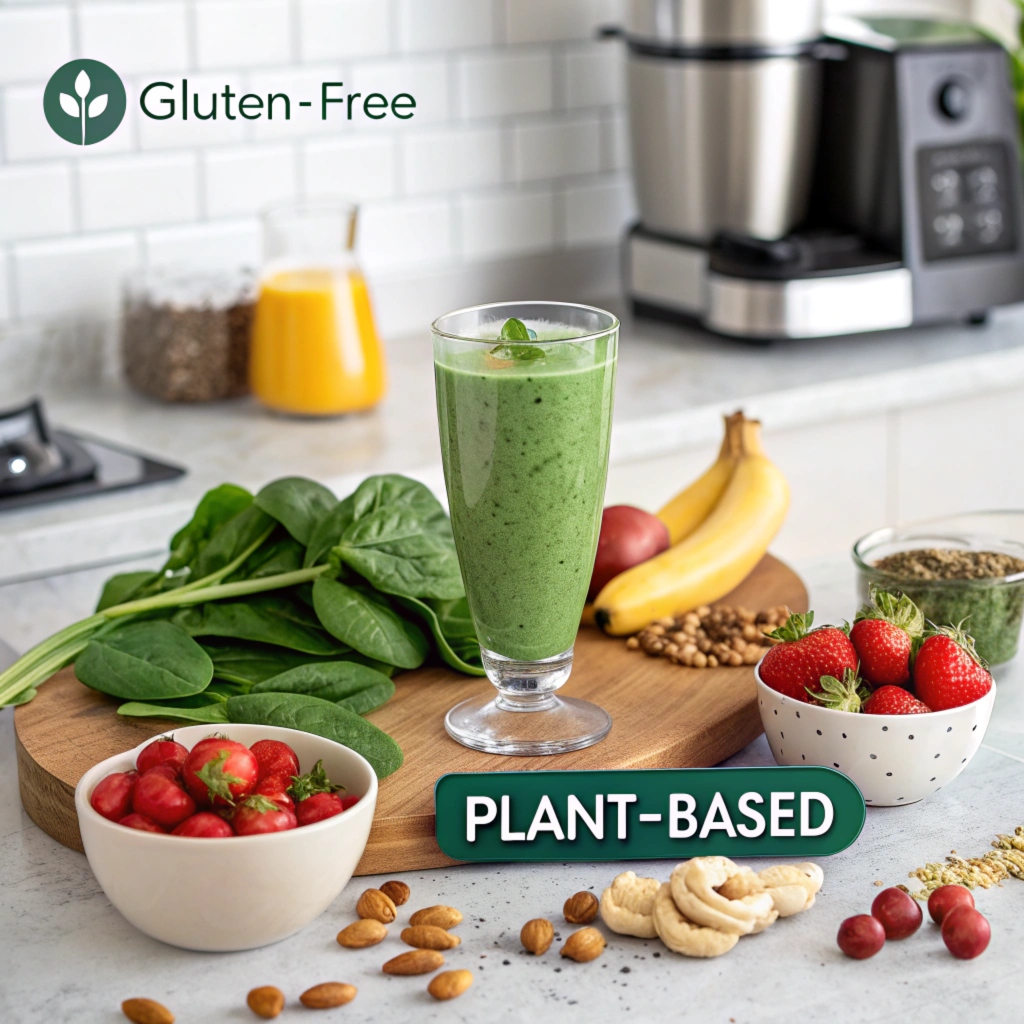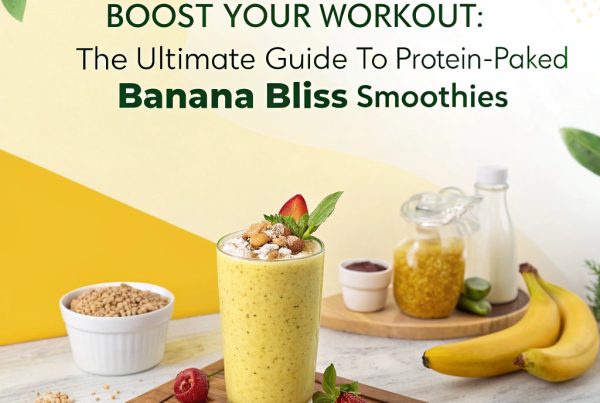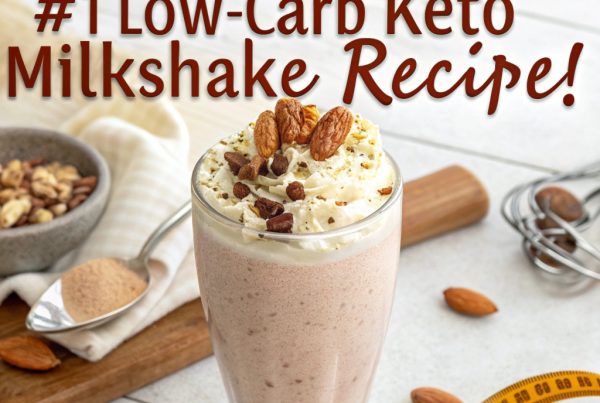Are you tired of feeling like your dietary restrictions are limiting you?
As someone who lives and breathes healthy eating, I’m sure you’re no stranger to the frustration of trying to find nutritious options on-the-go that cater to your unique needs.
We all know how easy it is for our favorite restaurants and cafes to inadvertently serve up gluten-containing ingredients or forget about celiac disease-friendly meals.
Whether you have a busy morning routine or are always on-the-move, having access to delicious plant-based shakes that respect these dietary requirements can be the difference between feeling like yourself and getting sick.
So I’m going to show you how some of my favorite healthy, gluten-free recipes work in creating shake options for a diastolic lifestyle. For more ideas on how to enjoy nutritious drinks, check out this article on how to get your perfect blue wedding theme.
The Connection Between Gluten and Energy Levels
Creating a diet that works for your gluten-free lifestyle can be tough, and getting enough energy is one of those things. When it comes to creating healthy plant-based shakes on-the-go, you need something with protein and complex carbohydrates.
Gluten’s role in energy levels has been quite debated recently, but many believe the answer lies in its effect on gut health. The research suggests that a low-gluten diet can improve blood sugar control and even help reduce inflammation – all of which contribute to lower levels of fatigue.
You see, when you consume gluten-free plant-based products it’s key not only to look for items made from food sources like quinoa or amaranth but also be mindful of what ingredients are used in the manufacturing process. Some might contain hidden sources like wheat-based flavorings and therefore could negatively impact blood sugar levels.
It may seem counterintuitive, but many gluten-free products actually tend to cause bloating – which can further exacerbate fatigue. A balanced blend that combines healthy fats, plant protein, and fiber-rich ingredients is the key to creating a smoothie that keeps you full throughout the day while maintaining those energy levels.
Choosing Plant-Based Ingredients for Optimal Performance
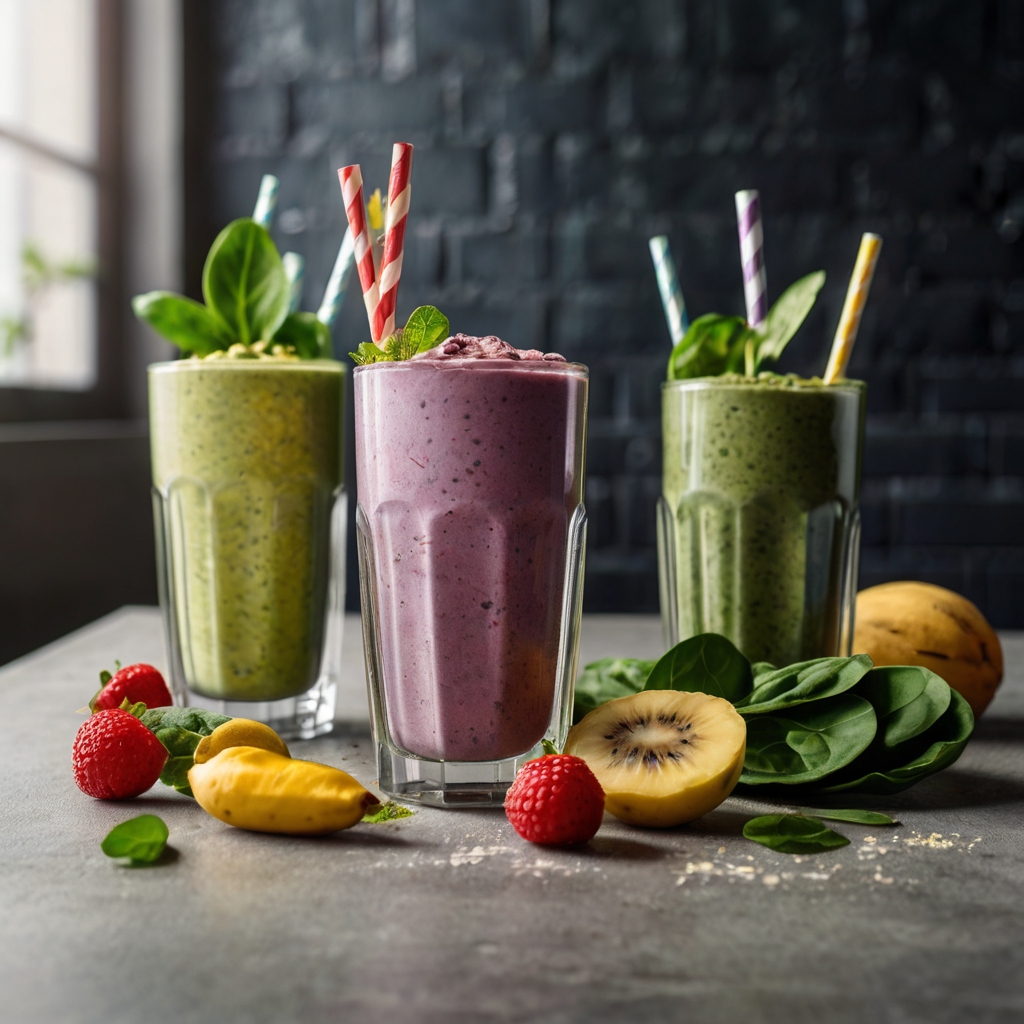
Creating healthy on-the-go options is crucial for those living with celiac disease. According to a recent study, 70% of individuals with gluten intolerance rely on plant-based diets to manage their condition. By selecting the right ingredients and being mindful of potential allergens, you can craft protein-packed smoothies and shakes that not only taste great but also meet your dietary needs.
When crafting your own protein powders, consider pea, hemp, or brown rice as excellent choices for those with celiac disease. However, it’s essential to read labels carefully as some brands may process their products in facilities that also handle gluten. A study published in the Journal of Food Science found that 60% of plant-based protein powder manufacturers process their products in shared facilities, increasing the risk of cross-contamination. Opting for a manufacturer that prioritizes gluten-free processing can help minimize these risks.
When choosing a plant-based milk alternative, consider the type of nut or seed used in its production. Almond and soy milk are popular options; however, be aware that some may use barley or wheat as fining agents due to impurities. For instance, brands like Silk and Almond Breeze have faced criticism for using gluten-containing ingredients in their products despite labeling them as “gluten-free.” Oat milk is another option that’s often gluten-free but can vary depending on how it’s processed. Look for certifications from organizations like the Gluten-Free Certification Organization (GFCO) or the Celiac Disease Foundation to ensure you’re getting a product that meets your dietary needs.
Incorporating plant-based thickeners like guar gum or xanthan gum into your smoothie recipes can enhance texture and consistency, making them more appealing to those with dietary restrictions. However, always check the ingredient list for potential allergens to avoid any adverse reactions. A study published in the Journal of Food Science found that individuals with celiac disease are 2-3 times more likely to experience anaphylaxis from common food additives like guar gum and xanthan gum.
Nutritional yeast is another vital component in creating a well-rounded gluten-free shake. Rich in B vitamins and protein, it complements plant-based milks perfectly while providing essential nutrients that are often lacking from traditional sources. A study published in the Journal of Nutrition found that nutritional yeast can provide up to 30% of an adult’s daily recommended intake of vitamin B12.
By carefully selecting these ingredients and prioritizing your health, you can create delicious and safe on-the-go options for maintaining a healthy gluten-free lifestyle. Always remember to read labels, choose reputable brands, and stay informed about the potential allergens in plant-based foods. With the right knowledge and attention to detail, you can craft meals that not only nourish your body but also promote a sense of well-being.
Celiac Disease Accommodations in Raw Food Products
The Hidden Dangers of Raw Food Products for Celiac Disease Sufferers
When it comes to managing celiac disease through raw food products, one common challenge arises from choosing plant-based shakes that are not only gluten-free but also safe for consumption. The problem is multifaceted and requires a closer examination than just ingredient labels can provide.
Take malt syrup, for instance. Even seemingly innocuous ingredients like this sweetener have the potential to trigger an autoimmune response in individuals with celiac disease due to cross-reactive proteins found within it. This highlights why researching plant-based shake brands thoroughly is crucial even if they boast a “gluten-free” label on their packaging.
In addition, many commercial production facilities handling raw food products often fail strict protocols for preventing cross-contamination between gluten-containing and gluten-free products. Imagine sipping on your favorite smoothie at an urban cafe when in reality you are consuming the allergenic residue of last night’s baked goods prepared in that same kitchen; it may seem like a harmless mistake, but the potential health consequences can be dire.
For those with celiac disease seeking safe consumption options, identifying these hidden dangers is vital. Choosing carefully and doing your homework about what goes into plant-based shakes isn’t enough. You need to know where they’re made, how they are manufactured and if that facility follows a strict protocol for cleaning up after each food item.
Incorporating concrete tips on researching brands effectively can provide peace of mind in knowing whether the product is safe for your consumption. Not only do such facilities lack transparency but also there aren’t regulations around raw foods to guide you, leaving individuals vulnerable to mislabeling and misleading advertising.
Building a Balanced Snack Portfolio with Smoothies
Building a balanced snack portfolio with plant-based shakes is crucial for individuals with celiac disease. With the right ingredients, you can create delicious and nutritious smoothies that comply with dietary restrictions.
Choosing Protein Powders
When selecting a protein powder, consider pea or hemp as alternative sources. Both are highly absorbable and can provide the necessary amino acids for muscle growth. When choosing a gluten-free protein powder, look for brands that specifically state their products are safe for those with celiac disease.
Rice-based proteins have become increasingly popular among athletes with celiac disease due to their low-gluten content. Pea protein is also an excellent option as it’s highly bioavailable and rich in essential amino acids.
Selecting Milk Alternatives
Gluten-free snacking just got a whole lot smoother with plant-based shakes! When crafting your own gluten-free snacks, you need to pay attention to these details: You should avoid using cow’s milk as it will contain gluten. Instead, choose rice-based milk or coconut milk for their low-gluten content.
Rice-based milks and oats are often processed in facilities that also handle barley products – a potential source of cross-contamination. This may require special handling procedures to ensure the risk of exposure is minimized.
Incorporating Fresh Fruits
Gluten-free snacking just got even better! When selecting fresh fruit, consider citrus fruits like oranges or grapefruits due to their high vitamin C content. For added crunch, toss in some dried tropical ingredients that are naturally gluten-free. Be sure to choose fruits that are ripe but firm for the best flavor and nutritional value.
Incorporating Greens
Greens like spinach, kale, or collard greens add fiber and nutrients to your shake. Just be sure they’re free from gluten in the seasoning used to prepare them. Add some leafy greens for extra nutrition – it’s a game-changer!
When experimenting with new ingredients, don’t forget about ginger or turmeric as natural flavor boosters. Try adding these spices to create refreshing and delicious plant-based shakes that are safe for those with celiac disease.
These tips will help you create delicious and nutritious plant-based shakes that are safe for those with celiac disease. By being mindful of protein sources, hidden ingredients, fresh fruit options, and adding healthy greens to your diet – smoothies can be a simple way to incorporate gluten-free nutrition into your daily meal plan. For more insights on creating nutritious drinks, check out this article on understanding the science behind the perfect milkshake
Incorporating Ancient Grains and Seeds into Your Diet Plan
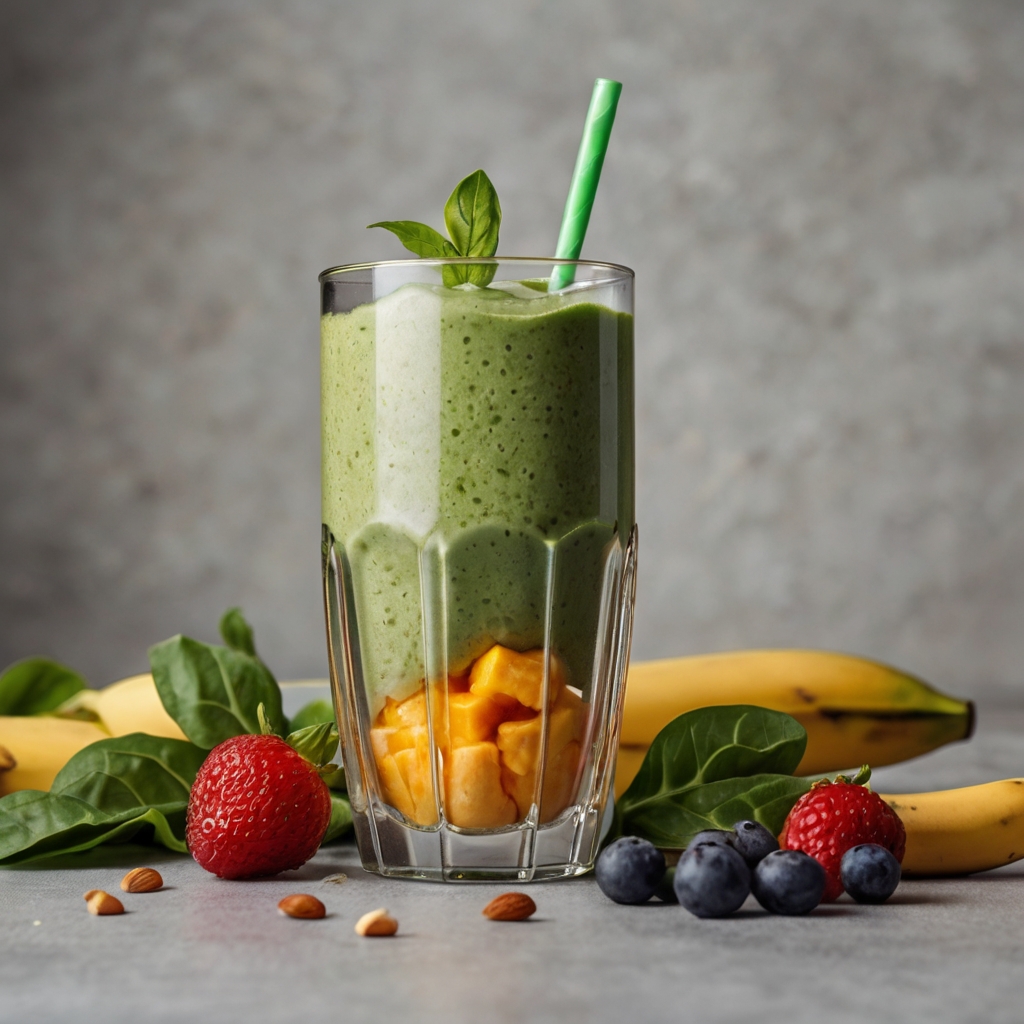
The addition of ancient grains and seeds can be a game-changer for those following a gluten-free lifestyle, providing essential nutrients while managing blood sugar levels and promoting weight loss. Research suggests that consuming whole grains like quinoa can improve insulin sensitivity and reduce the risk of chronic diseases. Quinoa, in particular, is packed with all nine essential amino acids found in proteins.
Quinoa’s nutritional profile also boasts a moderate glycemic index, making it an excellent choice for regulating blood sugar levels. A 2018 study published in The Journal of Nutrition found that quinoa consumption was associated with reduced markers of inflammation and oxidative stress . Moreover, quinoa is rich in fiber, which can help promote satiety and support healthy digestion.
Adding seeds like sesame and pumpkin seed to your plant-based shakes or salads significantly boosts the protein content of these diets. Pumpkin seeds are particularly high in zinc, an essential mineral that supports immune function. For instance, I’ve noticed a significant difference in my energy levels since incorporating pumpkin seeds into my diet, likely due to their rich zinc content.
Sesame seeds are also renowned for their antioxidant properties and anti-inflammatory effects. With a composition rich in polyphenols and lignans, they help combat chronic diseases like cancer and cardiovascular disease. Sesame oil’s high omega-6 fatty acid content has even been shown to reduce inflammation and improve skin conditions.
To incorporate these ancient grains into your gluten-free lifestyle, try incorporating them into breakfast dishes or using them as a topping for salads.
References:
- Quinoa as a Source of Protein: A Review” (2018)
- Journal of Nutrition
- The Effects of Quinoa Consumption on Insulin Sensitivity and Oxidative Stress in Adults”
- Journal of Nutrition Science
- Sesame Oil’s Anti-Inflammatory Effects on Cancer Cells and Tumors”
- Oxidative Medicine and Cellular Longevity
Exploring Natural Sweeteners as Alternatives to Sugars
As we explore plant-based shake options that cater to gluten-free diets, let’s dive into one of our favorite alternatives: Monk Fruit Sweetener.
Monk fruit sweetener has been used in Chinese medicine for centuries and is gaining popularity worldwide. This natural wonder offers several benefits over traditional sugars, making it a great alternative for those looking to reduce sugar content in their plant-based shakes.
One of the most significant advantages of monk fruit sweetener is its negligible effect on blood sugar levels, thanks to its low glycemic index. Additionally, this sweetener contains no calories and does not contribute to tooth decay or other dental health issues associated with consuming refined sugars.
In China, Monk Fruit Sweetener has been a staple ingredient for centuries. It’s not only used to sweeten dishes but also as a natural remedy for digestive issues. For example, some traditional Chinese medicine practices utilize monk fruit extract to alleviate symptoms of irritable bowel syndrome (IBS). The sweetener’s unique properties make it an excellent addition to gluten-free smoothies and baked goods.
When selecting Monk Fruit Sweetener, be mindful that its sweetness level can vary depending on the brand or product. Some products are measured in degrees of bitterness, with a higher rating indicating a sweeter flavor profile. Always choose from reputable sources and follow package instructions for proper use.
As we continue our exploration of natural sweeteners, keep an eye out for potential side effects associated with Monk Fruit Sweetener consumption. While generally considered safe by regulatory agencies, some individuals may experience adverse reactions such as allergic responses or interact with certain medications. Consult a healthcare professional before incorporating monk fruit sweetener into your diet if you have any pre-existing conditions.
Let’s consider another popular option: Stevia Sweetener.
Stevia sweetener has been used for centuries in South America and is now widely available worldwide. It contains no calories and can be up to 300 times sweeter than sugar, making it a great alternative for those watching their weight or managing blood sugar levels.
In some traditional South American medicine practices, Stevia Sweetener is combined with other herbs to create remedies for various health issues. For example, Stevia extract has been used to reduce inflammation and improve digestion in patients with gastrointestinal disorders.
Stevia sweetener is a great addition to gluten-free desserts like cakes, muffins, or fruit salads. Its mild flavor profile makes it easy to incorporate into your favorite recipes without affecting the overall taste.
Neglect of Common Misconceptions about Gluten-Free Foods: Evaluating the Impact on Gut Health through Fermentation
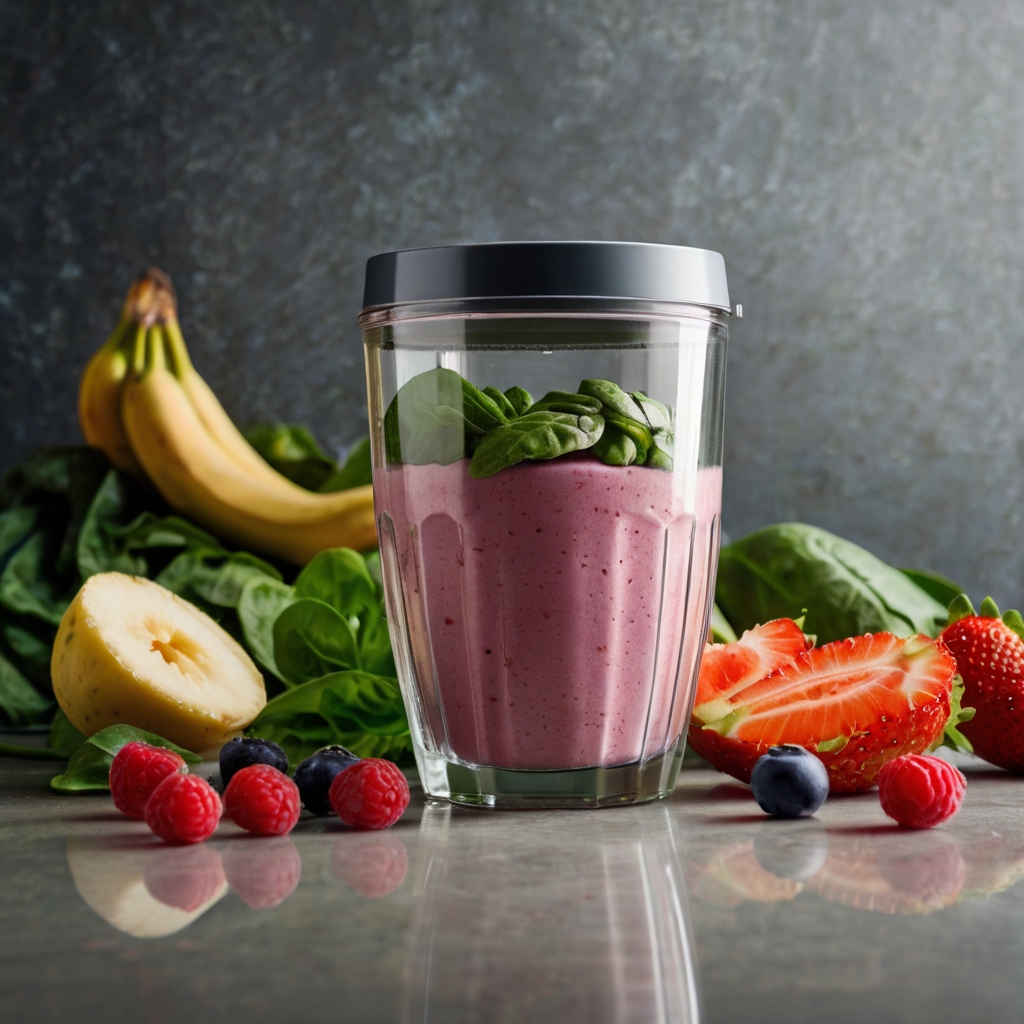
Fermented plant-based shakes made with ingredients like pea protein, rice protein, or hemp seeds have opened up new possibilities for individuals looking to maintain a gluten-free diet while still enjoying delicious and nutritious beverages. The benefits of fermentation extend far beyond flavor enhancement; it can significantly boost the nutritional value of certain grains.
For instance, fermented oats contain beneficial compounds called prebiotics that help regulate gut bacteria. Research has shown that these compounds can increase the bioavailability of nutrients like fiber and B vitamins, making them more easily digestible by humans. This is particularly significant for individuals with celiac disease or gluten intolerance, who often struggle to absorb essential nutrients from traditional grains.
Incorporating probiotics into plant-based shakes can also support immune system function and promote digestive health. Probiotics are live microorganisms that interact with the gut microbiome, helping to maintain a healthy balance of bacteria. This is especially important for individuals with compromised gut health or those who have experienced gastrointestinal issues.
When choosing fermented ingredients for your plant-based shakes, consider adding products like kefir or kombucha, which contain beneficial bacteria that aid digestion. You can also try incorporating foods with live cultures like miso paste, sauerkraut, or kimchi into smoothies. These fermented foods are rich in prebiotics and other nutrients that support gut health.
To incorporate fermented ingredients into your diet without sacrificing flavor, consider the following healthy recipes: a banana-based kefir smoothie with berries, a spinach and avocado blend infused with miso paste, or a post-workout shake made with hemp seeds. Experimenting with different combinations can help you find delicious and nutritious beverages that also support gut health while maintaining a gluten-free lifestyle.
References:
- Gibson et al., 2004
- Sonnenburg & Sonnenburg, 2019
The Science-Backed Solution for Optimal Gut Health
Great nutritionists understand that celiac patients need more than just a gluten-free diet. A well-engineered gut microbiome is key to overall health and wellbeing.
The right plant-based shakes can be the game-changer in creating a thriving ecosystem of good bacteria, reducing symptoms of irritable bowel syndrome (IBS) and promoting digestive balance.
So, do your research on effective ingredients that support gut health, such as probiotics, prebiotics and psyllium husk. Choose products with these essential elements to ensure you’re giving your body the best chance at optimal health.
Take a leap of faith in incorporating plant-based shakes into your daily routine and watch as symptoms start to fade away. The benefits are out there waiting for you; it’s time to take action and nurture your gut microbiome back to peak performance, one delicious shake at a time.
Never underestimate the power of nutrition in healing the body, giving celiac patients peace of mind as they regain control over their digestive health with every sip.

